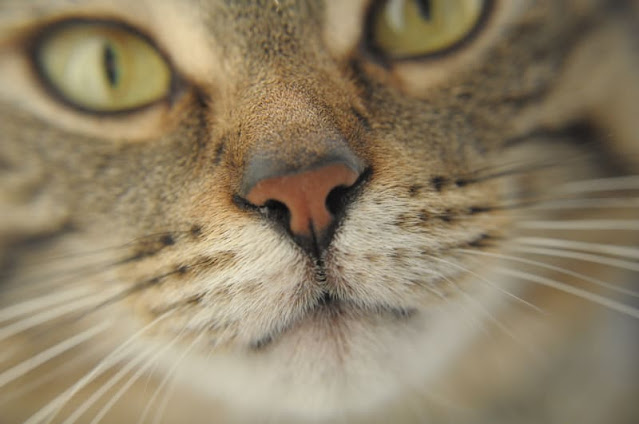dog blue green mucus eye
Conjunctivitis in dogs
Conjunctivitis is a common eye condition that affects dogs all around the world. It is characterized by inflammation of the conjunctiva, the thin membrane that covers the front of the eye and lines the inside of the eyelids. This can cause various symptoms, including redness, discharge, and irritation. In some cases, the discharge may be colored, with shades of blue and green. Understanding conjunctivitis in dogs and knowing how to treat it is essential for every dog owner.
Eye infection in dogs
Eye infections are another prevalent issue that can affect dogs of all breeds and ages. These infections can be caused by bacteria, viruses, fungi, or other irritants that come into contact with the eye. The presence of blue or green mucus in a dog’s eye can be an indication of an underlying infection. It’s crucial to identify the cause of the infection and provide appropriate treatment to prevent any further complications.
Dog eye infection treatment
When dealing with a dog eye infection, it is essential to seek veterinary advice to determine the appropriate treatment plan. The treatment for dog eye infections typically involves a combination of medication, proper cleaning, and care. Antibiotic eye drops or ointments are commonly prescribed to combat bacterial infections, while antiviral or antifungal medications may be necessary for viral or fungal infections, respectively. Your veterinarian will guide you on the specific course of treatment depending on the underlying cause of the infection.
Eye discharge in dogs
Eye discharge is a common symptom that may indicate different eye issues in dogs. While some discharge is normal and serves to lubricate the eyes, excessive or abnormal discharge can be a sign of an underlying problem. The color of the discharge, such as blue or green mucus, can provide valuable information about the cause of the condition. It is crucial to monitor your dog’s eye discharge and consult a veterinarian if you notice any concerning changes.
Dog eye health issues
Ensuring good eye health is an important part of caring for your furry friend. Dogs can be prone to various eye problems, and understanding these issues can help you identify and treat them promptly. From congenital conditions to age-related diseases, there are several factors that can impact a dog’s eye health. Regular veterinary check-ups, proper hygiene, and early intervention can significantly contribute to maintaining your dog’s eye health and preventing any potential complications.
Dog eye infections
Eye infections are relatively common in dogs and can be caused by a variety of factors, including bacteria, viruses, allergies, foreign objects, and underlying health conditions. Some breeds may be more susceptible to certain types of eye infections due to their facial anatomy or genetic predispositions. Identifying the symptoms of an eye infection, such as blue or green mucus, and seeking veterinary care are essential steps in preventing further discomfort and potential vision loss for your beloved canine companion.
Mucus in dog’s eyes
Mucus in a dog’s eyes can indicate an underlying issue that requires attention. Excessive mucus production can occur due to allergies, infections, irritants, or blockages in the tear ducts. The presence of blue or green mucus may suggest a more severe infection or inflammation. It is crucial to consult a veterinarian for a thorough examination and proper diagnosis. Prompt treatment and proper care can help alleviate any discomfort your dog may be experiencing and prevent complications.
Common dog eye problems
While dogs may experience a wide range of eye problems, some conditions are more common than others. Among the common eye problems in dogs are conjunctivitis, corneal ulcers, dry eye, glaucoma, and cataracts. Each of these conditions presents with unique symptoms and requires specific treatment approaches. Regular eye examinations and early detection play a crucial role in managing these issues and preserving your dog’s vision.
Conclusion
Dog eye health is a significant aspect of overall pet care. Blue or green mucus in a dog’s eyes can be indicative of conjunctivitis or an underlying eye infection. It is essential for dog owners to recognize the symptoms of eye problems and seek veterinary assistance for proper diagnosis and treatment. Maintaining good eye hygiene and providing regular veterinary check-ups can go a long way in preventing and managing common eye issues in dogs. Remember, your furry friend’s vision is just as crucial to them as ours is to us!













